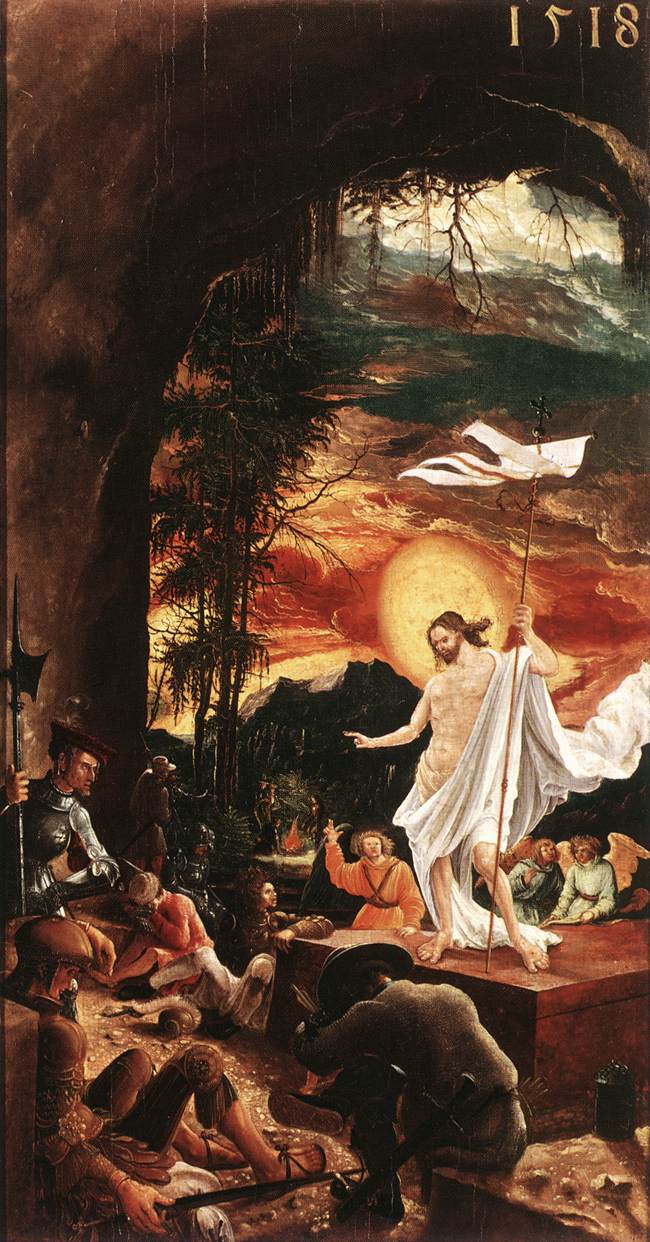20th Century music brought new freedoms and experiences with the new sounds and styles that challenged the earlier more 'serious' styles of music. Because music was no longer limited to concerts, opera-houses, clubs, and domestic music-making, it became possible for music artists to quickly gain fame nationwide and sometimes worldwide. Conversely, audiences were able to be exposed to a wider range of music than ever before, giving rise to the phenomenon of world music.
Many composers[weasel words] sought to break from traditional performance rituals by incorporating theater and multimedia into their compositions, going beyond sound itself to achieve their artistic goals.
Some composers were quick to adopt developing electronic technology. As early as the 1930s, composers such as Olivier Messiaen incorporated electronic instruments into live performance. Recording technology was used to produce art music, as well. The musique concrète of the late 1940s and 1950s was produced by editing together natural and industrial sounds. Steve Reich created music by manipulating tape recordings of people speaking, and later went on to compose process music for traditional instruments based on such recordings.
Some styles of music include the foollowing:
Popular music dates at least as far back as the mid-19th century. In the United States, much of it evolved from folk music and black culture. It includes Broadway tunes, ballads and singers such as Frank Sinatra.
Heavy metal's origins lie in hard rock bands like Deep Purple, Led Zeppelin, and Black Sabbath, who between 1967 and 1974 took blues and rock and created a hybrid with a heavy, guitar and drums centered sound. They were soon followed by bands like Aerosmith, AC/DC, Queen, Kiss, Van Halen, Judas Priest and Iron Maiden who have heavily influenced the genre.[citation needed] Though not as commercially successful as it was, heavy metal still has a large worldwide following, especially in underground music.
Hip hop music is traditionally composed of two main elements: rapping (also known as MC'ing, a vocal style involving rapid speech with alliteration, assonance and rhyming) and DJing, and arose when disc jockeys (DJs) began isolating and repeating the percussion break from funk or disco songs. Hip Hop was originally seen as a fad, but has become one of the most successful modern music genres
To begin with, all the various musics listed in the 1980s under the broad category of world music were folk forms from all around the world, grouped together in order to make a greater impact in the commercial music market. Since then, however, world music has both influenced and been influenced by many different genres like hip hop, pop, and jazz. The term is usually used for all music made in a traditional way and outside of the Anglo-Saxon world, thus encompassing music from Africa, Latin America, and parts of Europe, and music by not native English speakers in Anglo-Saxon countries, like Native Americans or Indigenous Australians.
World-music radio programs these days will often be playing African or reggae artists, crossover Bhangra, Cretan Music and Latin American jazz groups, etc.
Site Sources:
http://en.wikipedia.org/wiki/20th_century_music
Overview of Music History Assignment:
13 years ago






